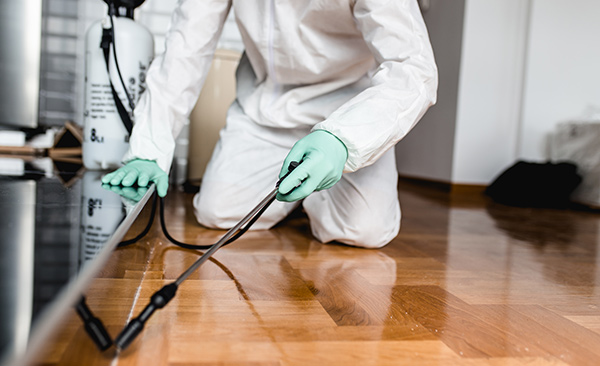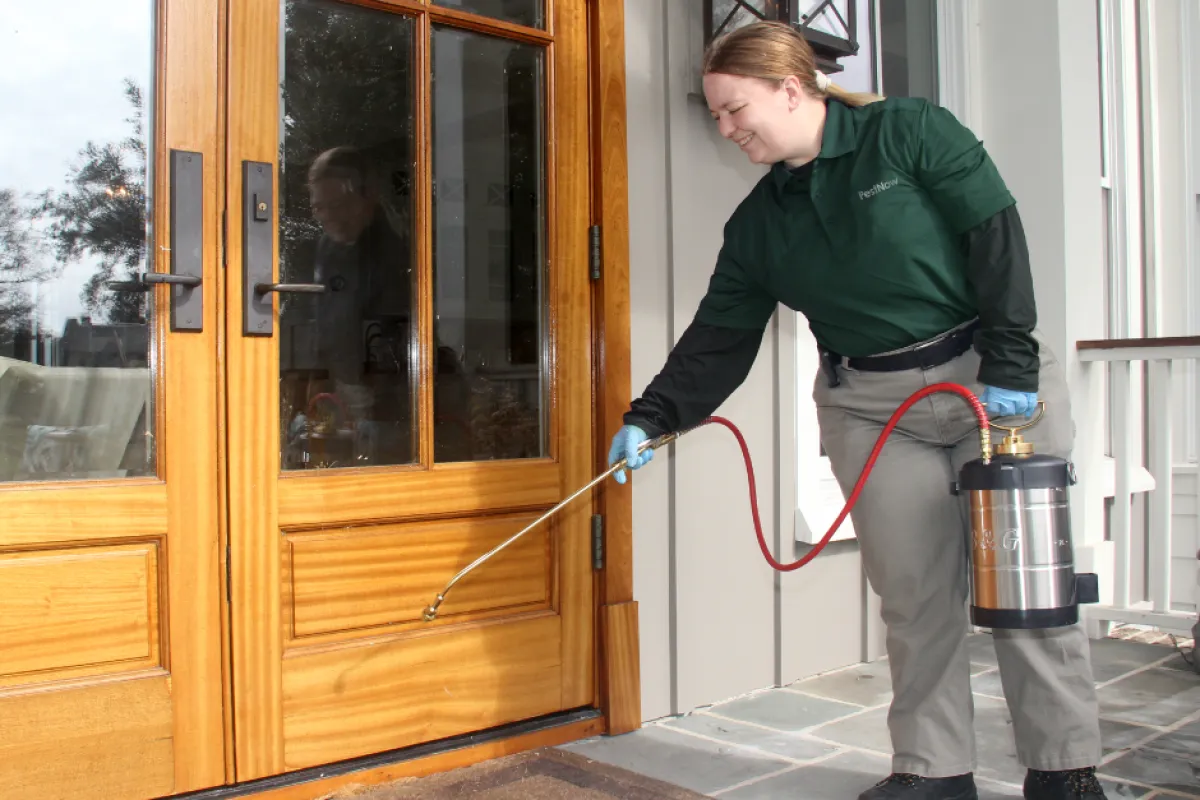Professional Solutions for Pest Problems from Pest Control Lockhart
Professional Solutions for Pest Problems from Pest Control Lockhart
Blog Article
Exploring Infestation and Treatment Methods in the Globe of Pest Control
The landscape of pest control encompasses a myriad of difficulties, specifically as infestations of usual household bugs continue to advance. Recognizing the behaviors and reproductive patterns of these problems is essential for creating effective treatment techniques. By incorporating safety nets with sophisticated management methods, such as Integrated Pest Monitoring (IPM), property owners can better guard their settings. The effectiveness of these methods may differ significantly based on certain circumstances. What hidden elements add to the success or failure of these methods in various setups?

Usual Household Pests
When it pertains to handling our home, understanding typical house pests is critical. These insects not only disrupt our comfort yet can also present health threats and damage residential property. One of the most prevalent household pests consist of ants, roaches, rodents, termites, and bed bugs.
Ants, frequently seen foraging in kitchens, can pollute food and develop large colonies. Rodents, including computer mice and rats, can cause architectural damage and lug illness like hantavirus and salmonella.
Acknowledging the indicators of these bugs, such as droppings, nests, or bite marks, is crucial for very early treatment (Pest Control Lockhart). Proper cleanliness methods, securing access factors, and keeping a clutter-free setting are reliable preventative measures. By determining these typical house pests and recognizing their behaviors, house owners can take positive actions to reduce invasions, ensuring a healthier living environment
Understanding Bug Infestations
Bug problems can intensify promptly, turning a small inconvenience into a significant problem if not attended to immediately. Typical elements contributing to infestations include poor cleanliness, structural susceptabilities, and seasonal adjustments that drive bugs inside.
Determining the sort of pest is necessary, as different types show diverse actions and reproductive prices. Rodents might establish nests in hidden locations while insects like cockroaches grow in moist atmospheres. Early discovery often pivots on identifying indications such as droppings, munch marks, or uncommon audios, which can suggest a problem before it ends up being severe.
Warm, humid environments can help with the quick development of parasite populations, while adjustments in landscape design or building and construction can accidentally develop helpful settings. An educated method to comprehending these dynamics lays the foundation for efficient bug monitoring techniques in the future.
Treatment Approaches and Strategies
Effective treatment techniques and methods are essential for minimizing parasite invasions and bring back a safe setting. A multifaceted technique is commonly best, including chemical, organic, and mechanical methods tailored to the certain insect and the extent of the invasion.
Chemical therapies include using insecticides and herbicides, which can effectively get rid of insects. Nevertheless, correct application and adherence to security standards are crucial to lessen dangers to humans and non-target organisms. Integrated Pest Management (IPM) encourages the judicious use chemicals as a last option, depending instead on monitoring and threshold degrees to establish treatment requirements.
Organic control methods entail introducing natural killers or parasites to lower bug populations. This approach is significantly prominent, especially in agricultural visit the site setups, as it promotes ecological sustainability.
Mechanical techniques, such as catches and barriers, give instant remedy for insects without presenting chemicals. Alternatives consist of sticky traps for pests or physical barriers for rats.
Ultimately, the selection of treatment approach need to think about the specific bug, the environment, and prospective effect on human health and wellness and communities. A well balanced mix of these techniques can properly handle problems while promoting long-lasting parasite control solutions.
Safety Nets for House
Proactively resolving bug problems prior to they rise is important for preserving a healthy and balanced home environment (Pest Control Lockhart). Carrying out effective safety nets can dramatically reduce the possibility of problems, inevitably safeguarding both your building and well-being

Proper landscape design additionally plays an essential role in avoidance. Maintaining bushes and trees trimmed away from your house decreases the possibilities of pests finding their method inside. Ensure that drainage systems are operating successfully to stop standing water, which can draw in insects and various other bugs.
Lastly, regular examinations are a good idea. Consistently examining for indications of insect task enables for early treatment. By embracing these preventive actions, house owners can produce an environment that is much less congenial to pests, therefore improving their total high quality of life and decreasing the demand for substantial insect control interventions.
Business Pest Control Strategies
A detailed method to business insect control is crucial for services intending to preserve a safe and sanitary environment. Reliable strategies include a mix of routine examinations, employee training, and the application of Integrated Pest Administration (IPM) techniques.
Routine examinations enable early discovery of pest activity, permitting prompt intervention. Services need to develop a routine timetable for these analyses, concentrating on high-risk locations such as cooking areas, storeroom, and garbage disposal websites. Employee training is equally essential; personnel should be enlightened on the indicators of pest problems and the significance of reporting them immediately.
Executing IPM practices aids alleviate bug problems sustainably. This consists of environment modification, such as sealing entry factors and minimizing clutter, in addition to using natural deterrents before resorting to chemical treatments.

Additionally, working together with a certified pest control service provider makes certain accessibility to specialist expertise and sophisticated therapy alternatives. This partnership can lead to tailored pest control plans customized to the particular requirements of business, decreasing threats and enhancing general efficiency. Eventually, a proactive and educated strategy fosters a pest-free atmosphere, securing both public health and organization credibility.
Conclusion
In final thought, effective parasite control requires a detailed understanding of common house parasites and their behaviors, coupled with targeted therapy techniques. Executing precautionary steps along with treatment techniques such as Integrated Insect Administration and organic control boosts the capability to alleviate infestations. Routine inspections and a combination of chemical read and mechanical remedies better add to maintaining pest-free atmospheres. Ultimately, a well-shaped strategy to pest management is necessary for safeguarding living rooms from unwanted trespassers.
Report this page